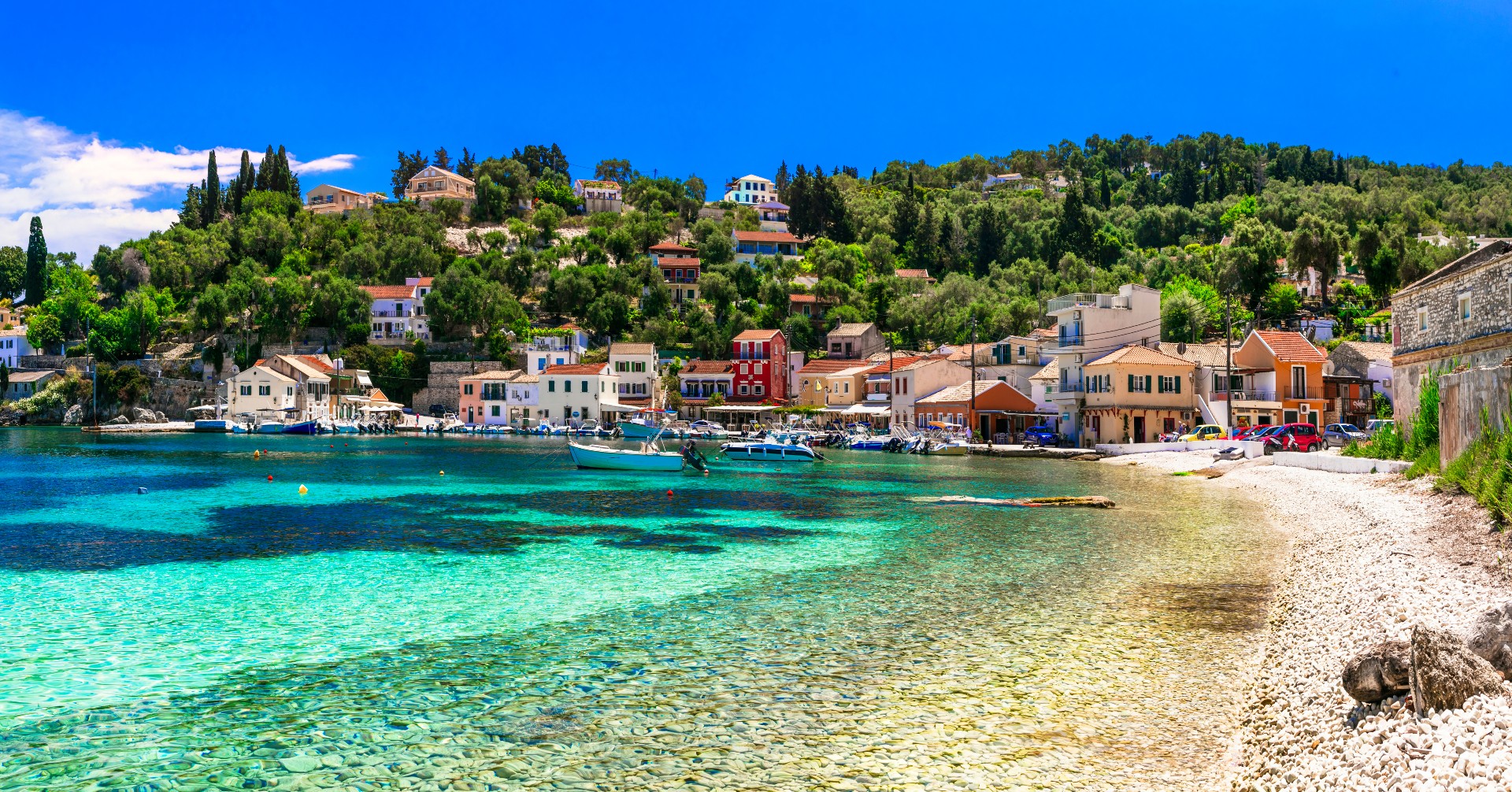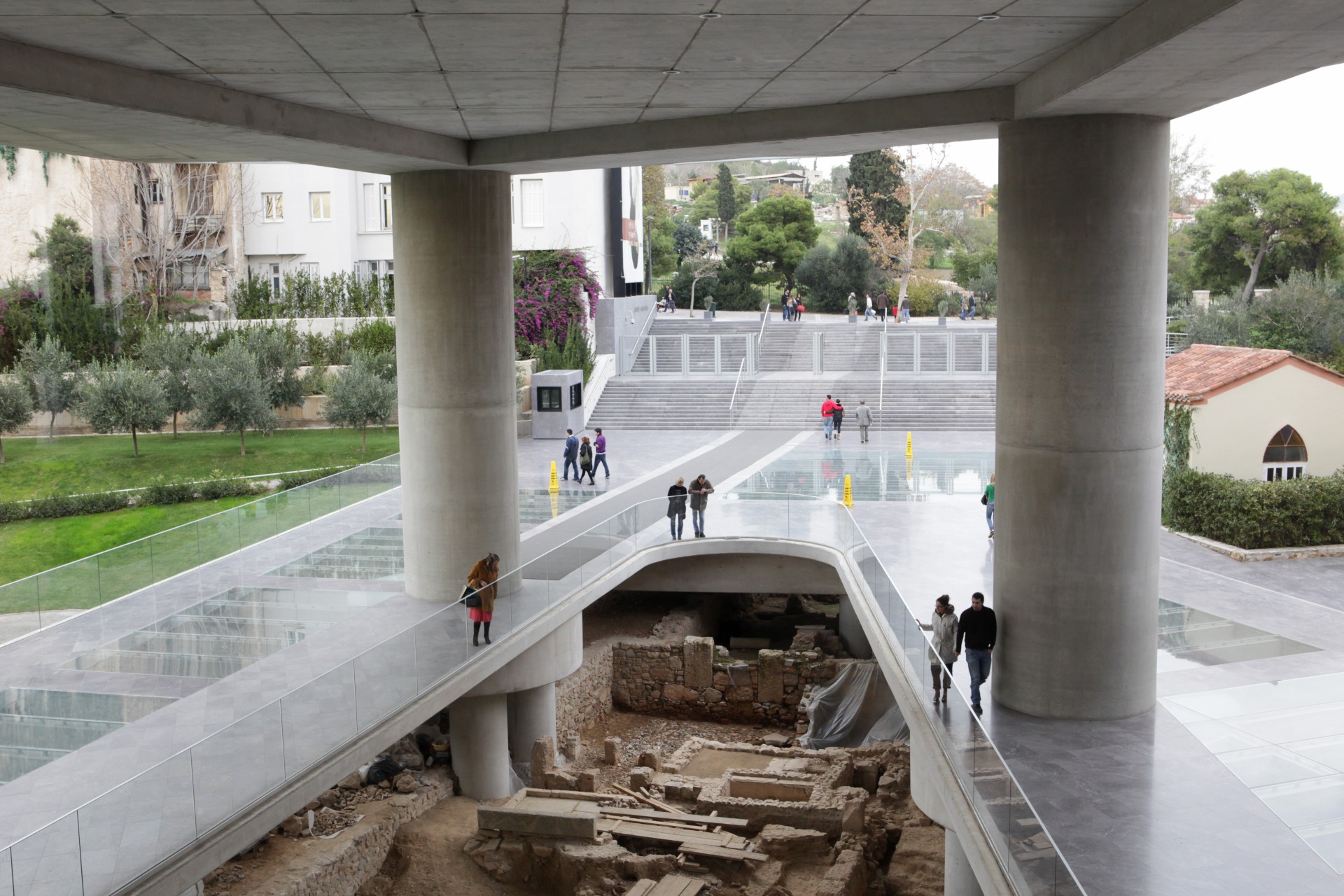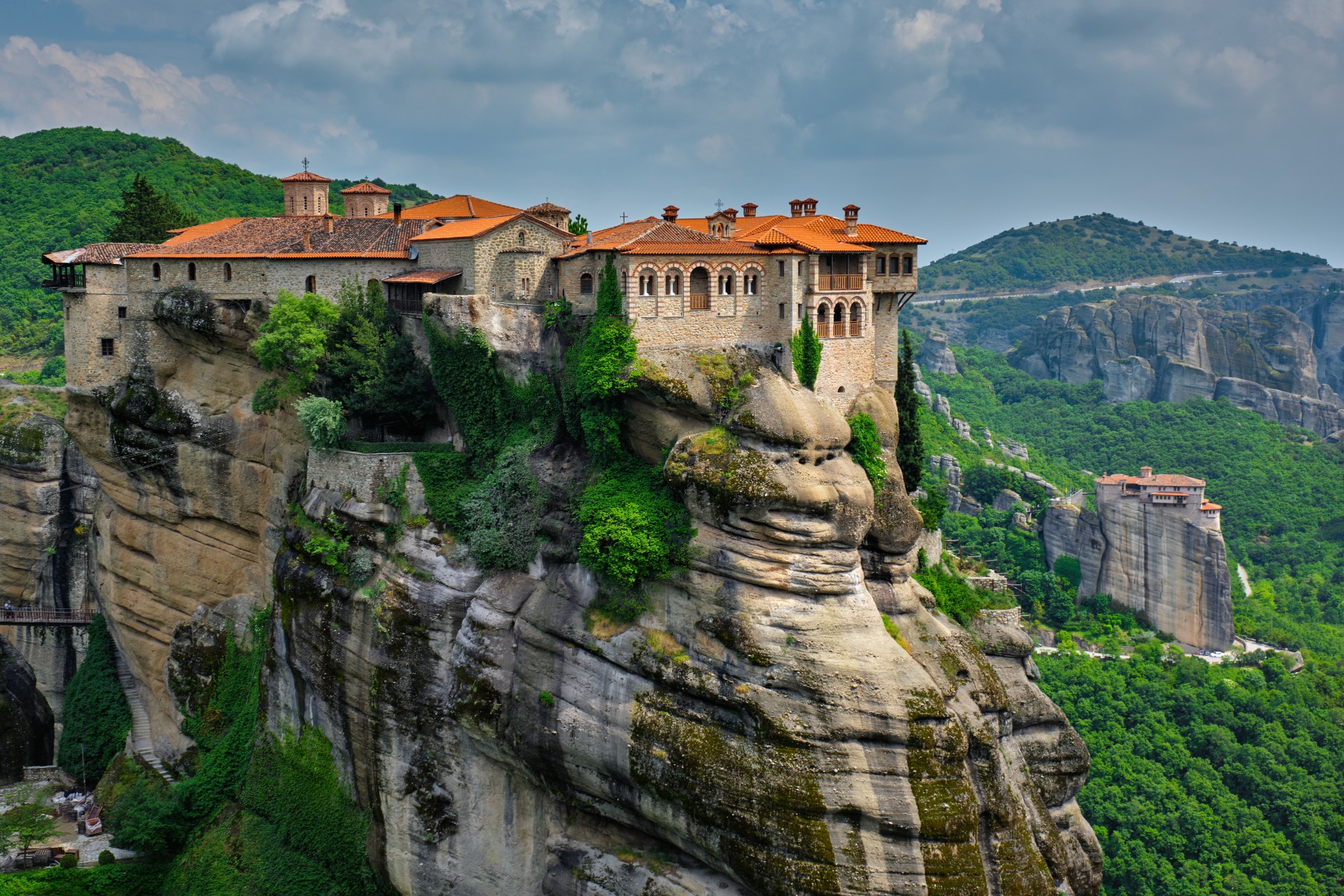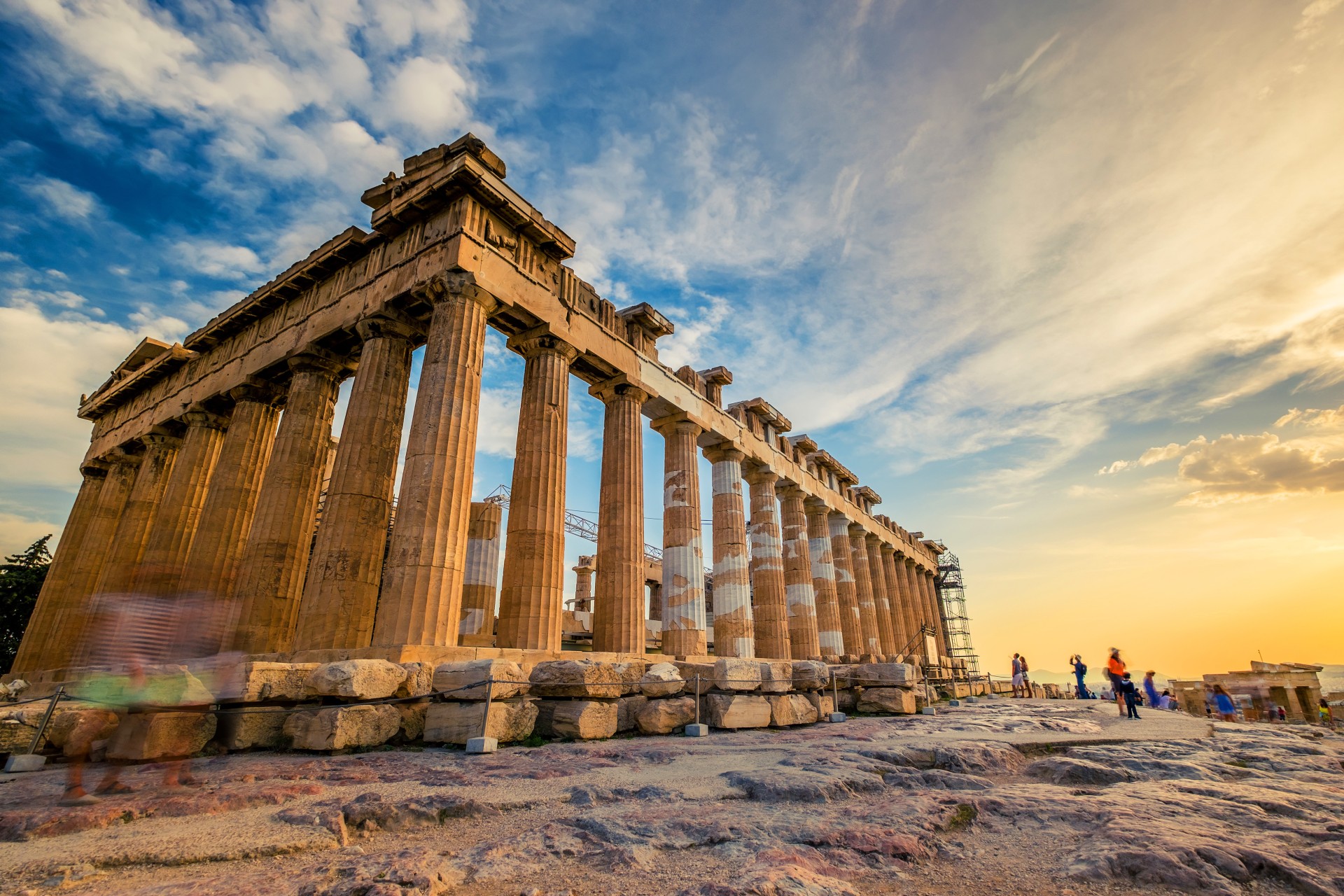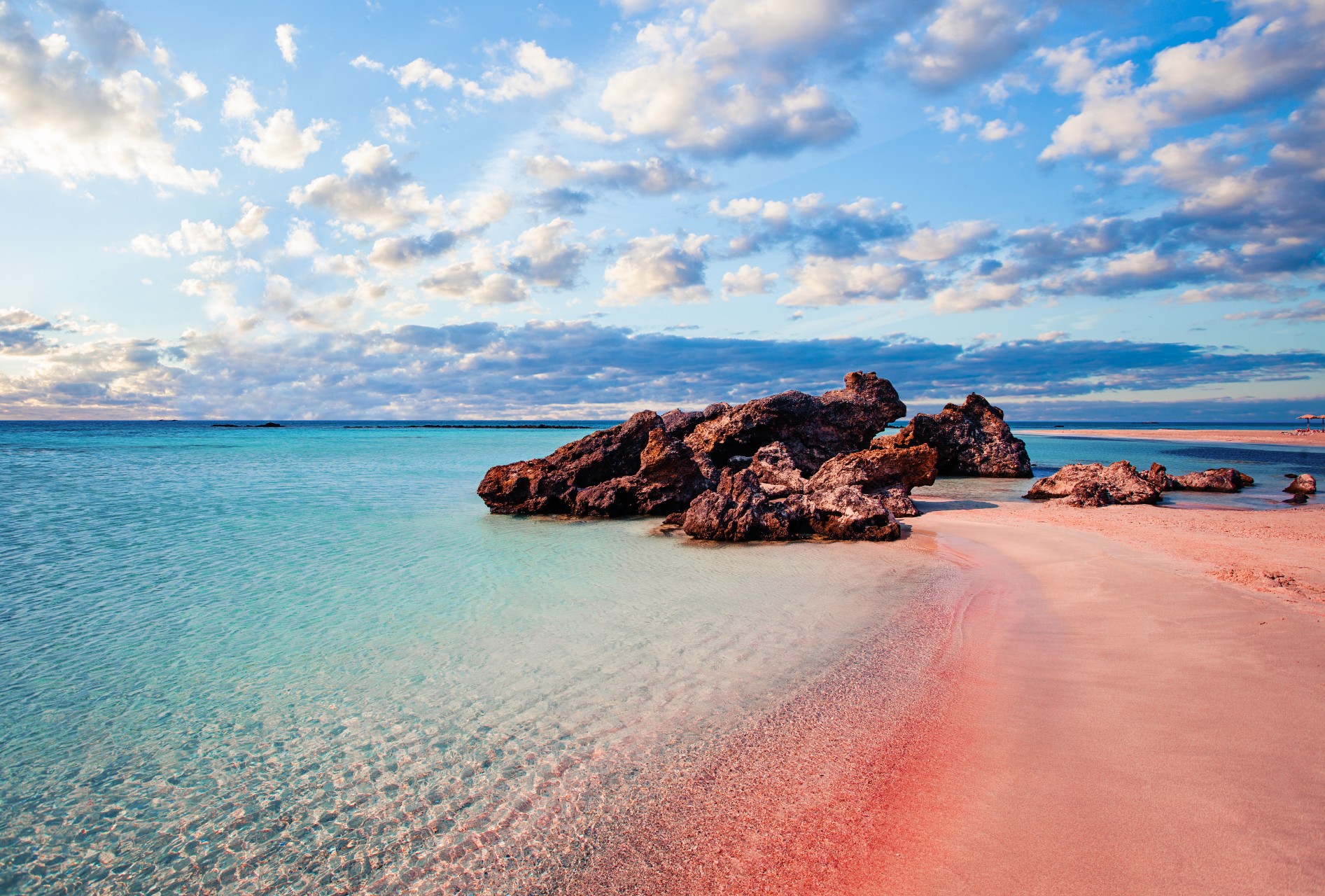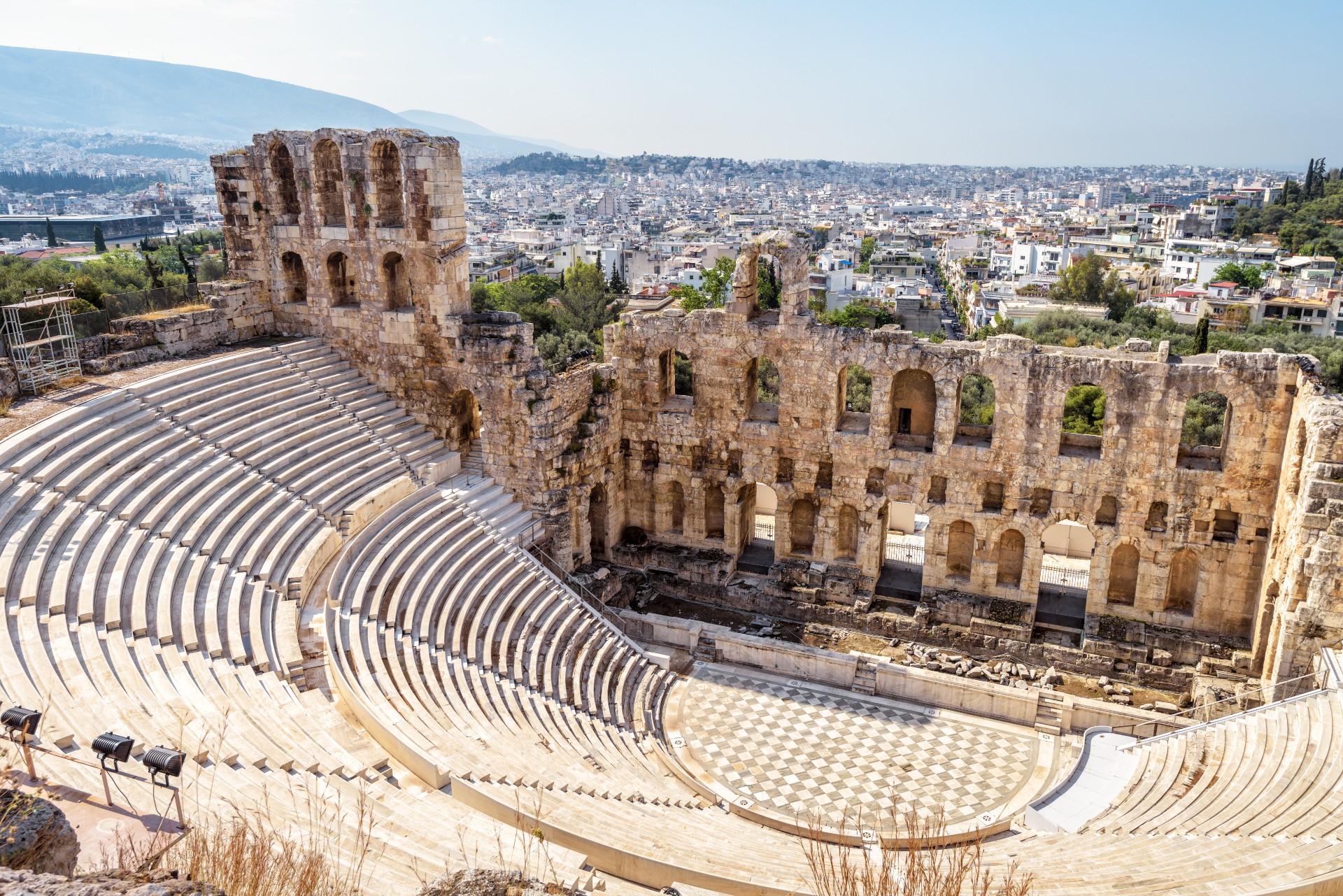Greece
- Capital City: Athens
- Language: English, Greek
- Currency: Euro
- Best Time To Travel: May, September to October
- Country Dialing Code: +30
- Population: 10.64 million
About Greece
- Clothing: If you go on a trip that involves a visit to a Monastery, if you are not covered up correctly they will issue you with something that may not be to your taste; so just make sure that you have a wrap or pashmina with you to cover your shoulders and legs.
- Cuisine: Probably the most famous of Greek dishes, moussaka consists of layers of fried aubergine, minced meat and potatoes, topped with a creamy béchamel sauce and then baked until golden brown. Some Greek restaurants will also serve an equally delectable vegetarian version.
- Culture: 98% of the Greeks are Christian Orthodox. The rest of the population are Muslims, Roman Catholics, and Jewish. Greece and Russia are the only countries to have such a big proportion of Orthodox Christians.
The Sacred Rock and its slopes are where the Acropolis Museum was built to house all of the important discoveries. The exquisite sculptures that adorned the oldest temples on the Acropolis are displayed in the "Archaic Gallery".
Meteora's spectacular rocks rise from the Thessalian plains a few kilometers northwest of the village of Kalabaka. A number of centuries ago, one of Greece's most significant monastic communities was established on these enormous rocks, which tower over 600 meters above the beautiful terrain.
Built between 447 and 432 B.C., during the height of the ancient Greek Empire, the Parthenon is a magnificent marble temple. The Parthenon, a temple complex dedicated to the Greek goddess Athena, is perched atop the Acropolis in Athens.
One of the most beautiful beaches on the island of Crete is Elafonisi. Enjoy the area's crystal-clear seas, pink beaches, and distinctive terrain. It is a part of the Natura network together with the nearby shorelines because of its distinctive natural beauty.
Aegean Sea Island of Santorini is part of the Cyclades group. A volcanic explosion that wreaked havoc on the area in the sixteenth century BC permanently altered its rocky terrain. Fira and Oia, its two main towns, cling to cliffs above an undersea caldera, and both have whitewashed, cubiform buildings (crater).
One of the most spectacular historical structures in the Greek capital. It is located on the southwest slope of the Acropolis. The ancient amphitheatre of Herodion, one of the oldest theaters in the world, was built by Tiberius Claudius Herodes Atticus.

